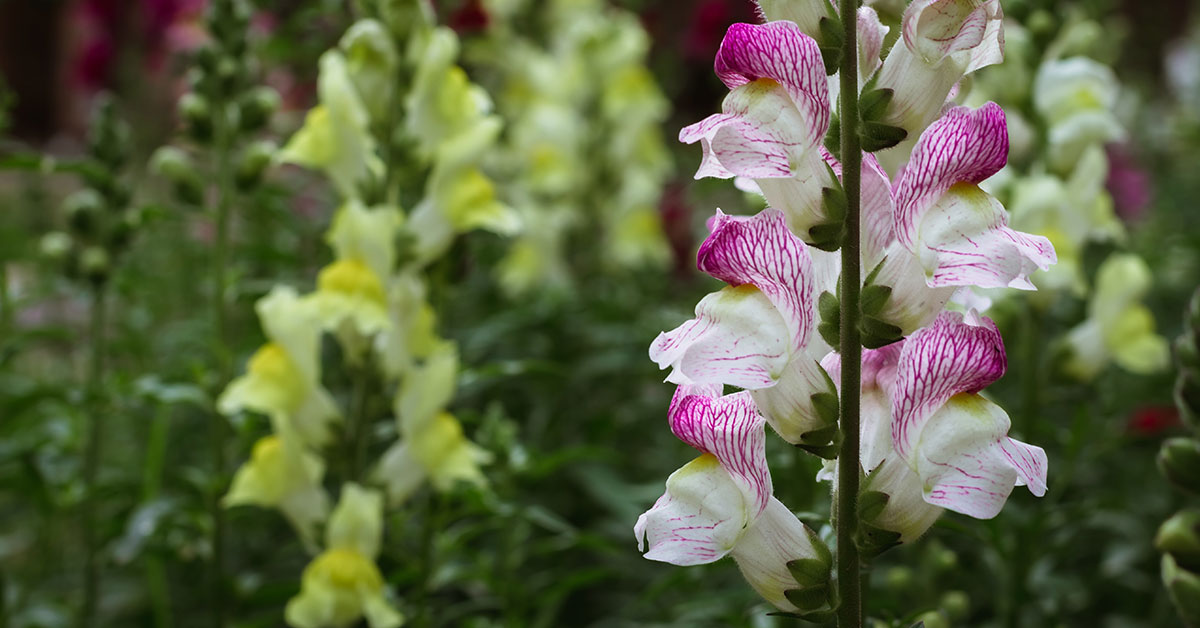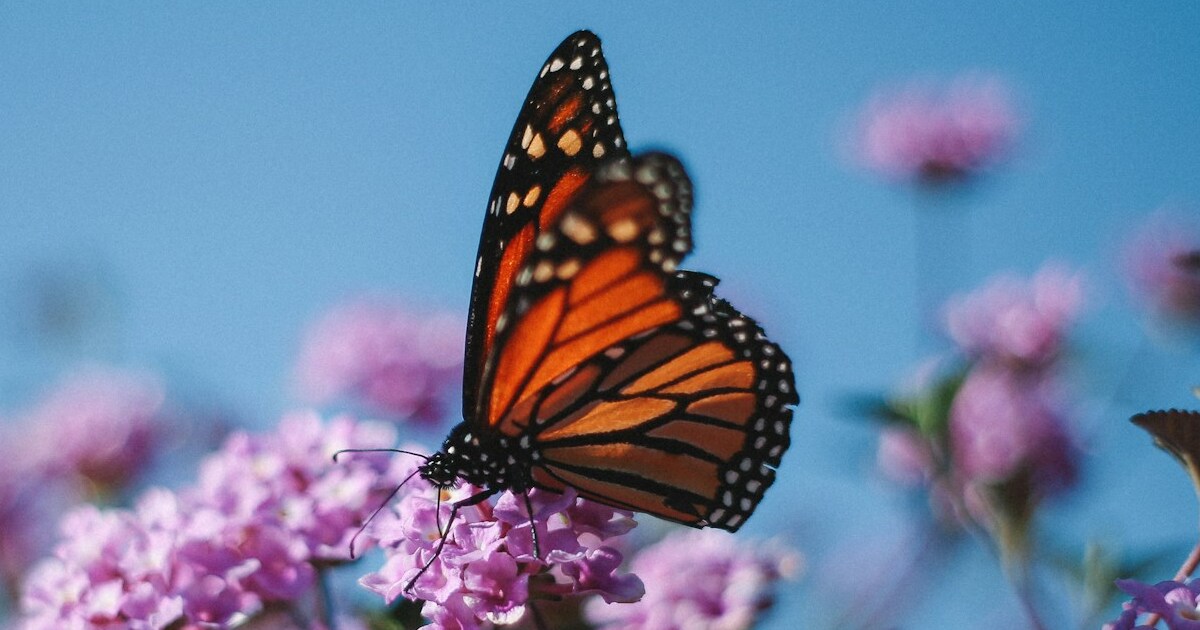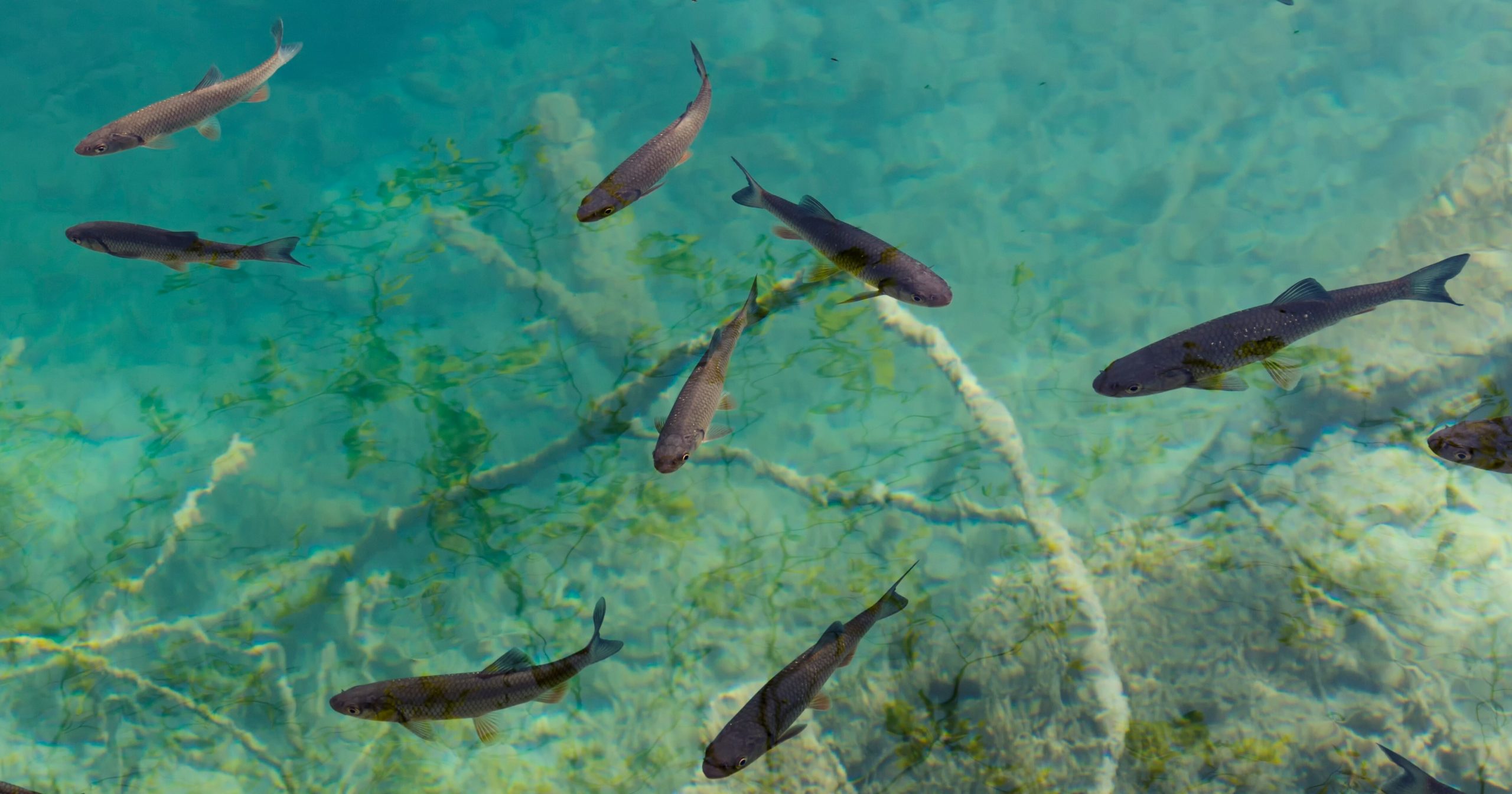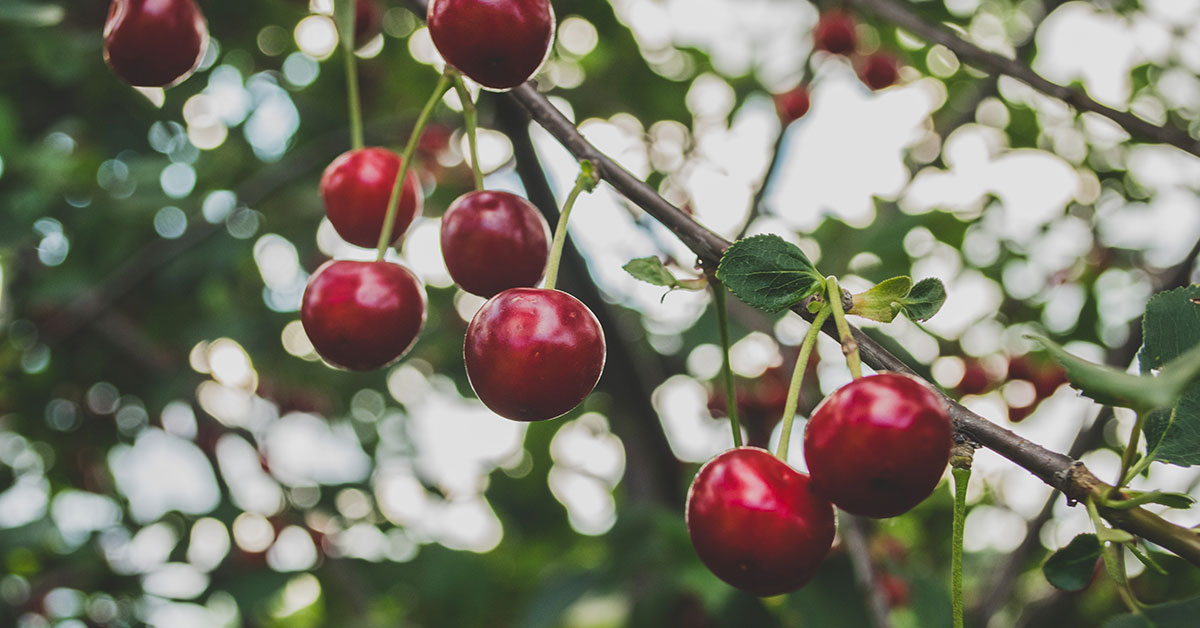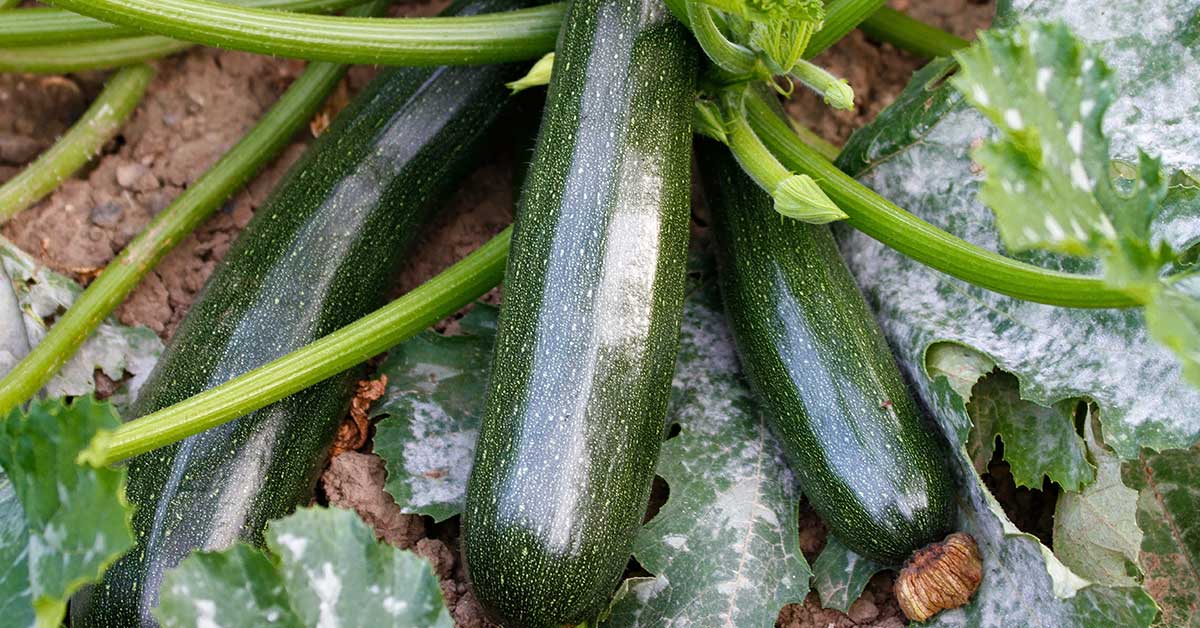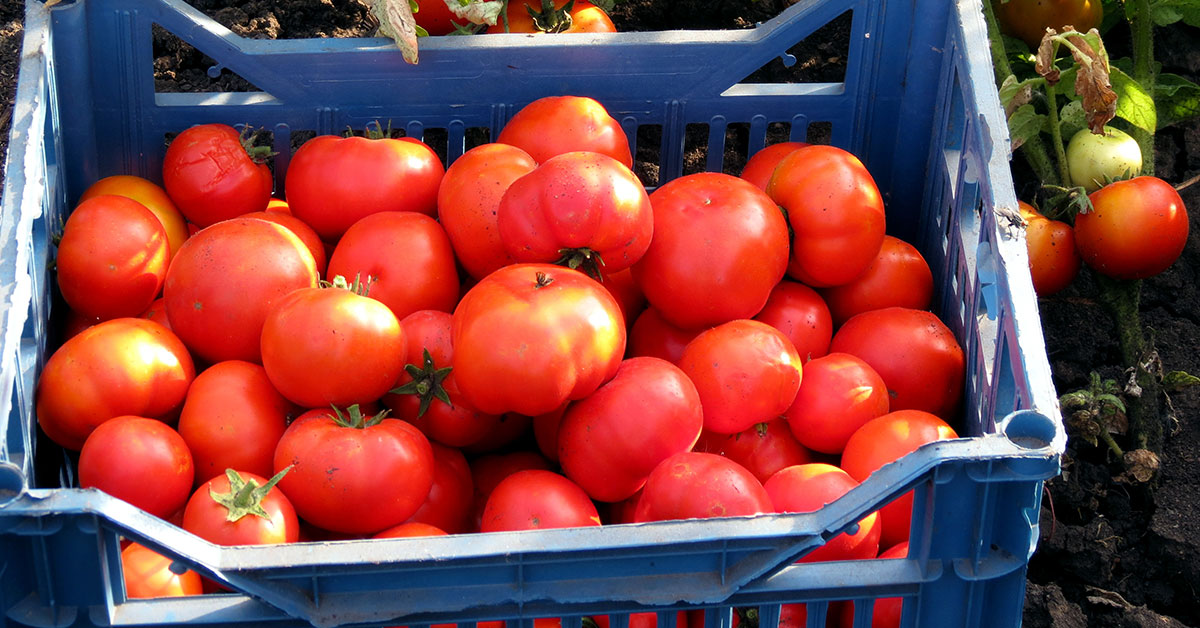Welcome to the lush and vibrant world of gardening in St. Paul, Minnesota! Nestled in the heart of the Midwest, St. Paul offers a unique and rewarding gardening experience. One of the key factors to consider when planning your garden in this region is the USDA hardiness zone. St. Paul falls within zone 4b, which means that the average annual minimum temperature ranges from -25 to -20 degrees Fahrenheit (-31.7 to -28.9 degrees Celsius).
This information is crucial as it helps gardeners select plants that can thrive in the local climate and withstand the occasional harsh winter conditions. By understanding the USDA hardiness zone and making informed choices, you can create a flourishing garden that will bring joy and beauty to your St. Paul home throughout the seasons.
What is St. Paul’s USDA hardiness zone?
The USDA hardiness zone is a system developed by the United States Department of Agriculture (USDA) to categorize regions based on their average annual minimum temperature. This system helps gardeners and plant enthusiasts determine which plants are most likely to thrive in a specific area. St. Paul, being located in Minnesota, falls within the USDA hardiness zone 4a. This means that the average annual minimum temperature in St. Paul ranges from -30 to -25 degrees Fahrenheit (-34 to -32 degrees Celsius). It is important to note that this is the average minimum temperature, and extreme cold snaps can occur, resulting in even lower temperatures.
Understanding the hardiness zone is crucial for successful gardening as it helps determine which plants can withstand the local climate conditions. In zone 4a, gardeners need to select plants that are cold-hardy and can tolerate freezing temperatures. These plants have adapted to survive and thrive in the harsh winter conditions found in this zone. Some popular plant choices for St. Paul’s hardiness zone include:
- Trees: Species like White Pine (Pinus strobus), Red Maple (Acer rubrum), and White Birch (Betula papyrifera) are well-suited for this zone.
- Shrubs: Options such as Lilac (Syringa vulgaris), Ninebark (Physocarpus opulifolius), and Spirea (Spiraea spp.) are commonly grown in St. Paul.
- Perennials: Plants like Coneflowers (Echinacea spp.), Black-eyed Susans (Rudbeckia hirta), and Daylilies (Hemerocallis spp.) are reliable choices for St. Paul gardens.
- Vegetables: Cold-hardy vegetables such as carrots, kale, lettuce, and radishes can be grown successfully in this zone. It is important to consider the length of the growing season and plan accordingly.
- Annuals: Many annual flowers, such as Marigolds (Tagetes spp.), Pansies (Viola spp.), and Zinnias (Zinnia spp.), can be grown in St. Paul, but they will need to be replanted each year.
It is important to choose plants that are suitable for the specific hardiness zone to ensure their survival and growth. Additionally, factors such as soil type, sunlight exposure, and moisture levels should also be considered when selecting plants for a garden in St. Paul.
When can you plant your garden in St. Paul?
In St. Paul, the ideal planting times for different plants can vary based on the USDA hardiness zone. St. Paul is located in USDA hardiness zone 4b, which means it experiences cold winters with temperatures dropping to -25°F (-31.7°C). Here are some general guidelines for planting in St. Paul:
Spring Planting: As the weather begins to warm up, typically in late April or early May, it is safe to start planting cool-season crops such as lettuce, spinach, peas, and radishes. These plants can tolerate cooler temperatures and even a light frost.
Summer Planting: Once the danger of frost has passed and the soil has warmed up, usually by late May or early June, it is time to plant warm-season crops like tomatoes, peppers, cucumbers, beans, and corn. These plants thrive in the warmer temperatures of summer.
Fall Planting: In St. Paul, fall is an excellent time for planting certain crops. As the summer heat starts to subside, usually in late August or early September, you can plant cool-season crops again. This includes vegetables like broccoli, cauliflower, carrots, beets, and kale. These plants can tolerate cooler temperatures and will mature before the first frost.
Perennial Planting: Perennials, such as flowers, shrubs, and trees, can be planted in St. Paul throughout the growing season. However, it is generally recommended to plant them in spring or fall when the weather is milder. This allows the plants to establish their root systems before facing extreme temperatures.
It is important to note that these are general guidelines, and specific planting times may vary depending on the weather conditions in a particular year. It is always a good idea to check the local weather forecast and consult gardening resources or local nurseries for more precise planting recommendations.
What grows well in St. Paul?
St. Paul, Minnesota falls within USDA hardiness zone 4b. This means that the average annual minimum temperature in this area ranges from -25 to -20 degrees Fahrenheit (-31.7 to -28.9 degrees Celsius). Here is a comprehensive list of plants that generally grow well in St. Paul’s climate:
- Sugar Maple (Acer saccharum)
- Red Maple (Acer rubrum)
- White Pine (Pinus strobus)
- Colorado Blue Spruce (Picea pungens)
- Eastern Red Cedar (Juniperus virginiana)
- American Elm (Ulmus americana)
- Northern Red Oak (Quercus rubra)
- White Oak (Quercus alba)
- Hackberry (Celtis occidentalis)
- Black Cherry (Prunus serotina)
- Lilac (Syringa vulgaris)
- Ninebark (Physocarpus opulifolius)
- Red Twig Dogwood (Cornus sericea)
- Winterberry (Ilex verticillata)
- Serviceberry (Amelanchier spp.)
- Spirea (Spiraea spp.)
- Viburnum (Viburnum spp.)
- Potentilla (Potentilla fruticosa)
- Elderberry (Sambucus spp.)
- Burning Bush (Euonymus alatus)
- Daylily (Hemerocallis spp.)
- Coneflower (Echinacea spp.)
- Black-eyed Susan (Rudbeckia spp.)
- Hosta (Hosta spp.)
- Peony (Paeonia spp.)
- Bee Balm (Monarda spp.)
- Russian Sage (Perovskia atriplicifolia)
- Sedum (Sedum spp.)
- Coral Bells (Heuchera spp.)
- Astilbe (Astilbe spp.)
- Marigold (Tagetes spp.)
- Petunia (Petunia spp.)
- Impatiens (Impatiens spp.)
- Zinnia (Zinnia spp.)
- Geranium (Pelargonium spp.)
- Snapdragons (Antirrhinum spp.)
- Cosmos (Cosmos spp.)
- Alyssum (Lobularia maritima)
- Salvia (Salvia spp.)
- Coleus (Solenostemon spp.)
- Tomato (Solanum lycopersicum)
- Cucumber (Cucumis sativus)
- Carrot (Daucus carota)
- Lettuce (Lactuca sativa)
- Peppers (Capsicum spp.)
- Basil (Ocimum basilicum)
- Thyme (Thymus spp.)
- Parsley (Petroselinum crispum)
- Chives (Allium schoenoprasum)
- Mint (Mentha spp.)
Remember to consider factors such as soil conditions, sunlight exposure, and water requirements when selecting plants for your specific garden. Additionally, local nurseries and garden centers can provide valuable insights and recommendations based on the specific microclimate of your area.
What won’t grow in St. Paul?
In St. Paul, which is located in USDA hardiness zone 4b, there are certain plants that may struggle to thrive due to the region’s cold winters and relatively short growing season. Here are some plants that may not perform well in St. Paul:
- Tropical plants: Plants like hibiscus, bougainvillea, and banana trees are not suited for St. Paul’s climate as they require warm temperatures year-round.
- Citrus trees: Citrus trees, such as oranges, lemons, and limes, are not cold-hardy enough to survive the harsh winters in St. Paul.
- Palm trees: Most palm tree species are not suitable for St. Paul’s climate, as they require consistently warm temperatures and cannot tolerate freezing temperatures.
- Tender perennials: Plants like geraniums, impatiens, and begonias may struggle to survive in St. Paul’s colder climate, as they are not frost-tolerant.
- Warm-season vegetables: Vegetables like tomatoes, peppers, and eggplants, which thrive in warmer climates, may have a shorter growing season in St. Paul and may not produce abundant harvests.
- Mediterranean herbs: Herbs like rosemary, lavender, and thyme, which prefer a Mediterranean climate, may struggle to survive the cold winters in St. Paul.
- Certain flowering shrubs: Some flowering shrubs, such as gardenias and camellias, may not be able to withstand St. Paul’s colder temperatures and may require extra protection during winter.
It’s important to note that while these plants may not thrive in St. Paul’s climate, it is still possible to grow them as annuals or in containers that can be brought indoors during the winter months. Additionally, there are many other plants that are well-suited for St. Paul’s climate and can thrive in this region.





